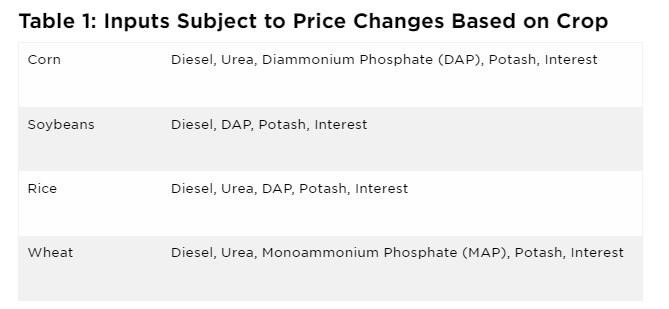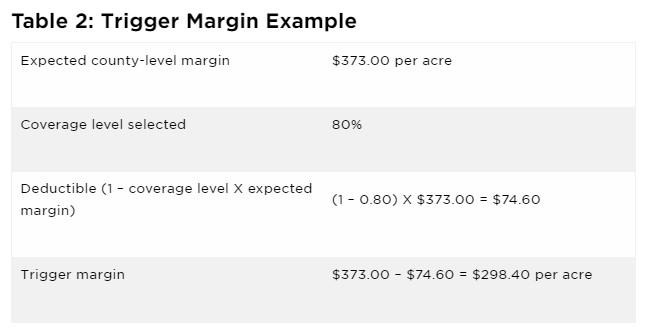By Ignacio A. Ciampitti
The latest Crop Progress and Condition report from Kansas Agricultural Statistics, on October 11, stated that grain sorghum maturity was 70%, behind of last year (79%) and near the average (72%). Harvest is well underway at 25% for this year, ahead of the 5-year average (19%).
The weather conditions experienced from early-September to early-October are critical for sorghum as related to the grain-filling rate and determining final grain weight. Warm and very dry conditions have continued to prevail across the state during the last few weeks. The greatest precipitation departures are in the east where some locations have received almost no moisture since September 1 (Figure 1). Only a few areas in north central Kansas have observed at/above normal moisture. Temperatures are also running 2-5°F above normal for the period (Figure 1).

Figure 1. Departure from normal temperatures (top map); b) Percent of normal precipitation (bottom map) from September 1 – October 10, 2022. Maps by Kansas Weather Data Library.
In recent years, a common question from producers is related to the dry down rate for sorghum when approaching the end of the season. Based on previous information, the average dry down rate depends on the weather, primarily temperature and moisture conditions, but data from modern hybrids is not available. The weather outlook for the remainder of October and into November favors the continuation of below normal precipitation for the state. With normal precipitation in November much less than in October, this could mean almost no moisture. This would favor a faster dry down rate than average but any sorghum impacted by freeze (should an event occur) will present challenges in the dry down rate.
From a crop perspective, the overall cumulative GDD from flowering to maturity is about 800-1200 (based on 50 degrees F as the base temperature), with the shortest requirement in GDD for short-season hybrids. Before maturity, from beginning of grain filling (soft dough until maturity), grain moisture content within a grain will go from 80-90% to 25-35% where black layer is usually formed (Figure 2). From maturity (seen as a “black-layer” near the seed base; Figure 2) to harvest time, sorghum grain will dry down from about 35 to 20 percent moisture, but the final maximum dry mass accumulation and final nutrient content will have already been attained at maturity.

Figure 2. Sorghum growth stages from half-bloom and grain filling (including soft dough, hard dough, and physiological maturity). Infographic representing changes in grain coloration and moisture content during grain filling period until black layer formation, maturity. Graphic by K-State Research and Extension.
Grain water loss occurs at different rates but with two distinct phases: 1) before “black layer” or maturity (Figure 2), and 2) after black layer. For the first phase, Figure 2 presents the changes in grain moisture from soft dough until physiological maturity of sorghum.
To answer the rate of dry down question from many of our producers, a study was conducted to investigate the effect of the grain dry down rate from the moment of “black layer” until commercial harvest grain moisture is reached. For the conditions experienced in 2019 (from early September until early October), the overall dry down rate was around 0.7% per day (from 34% to 17% grain moisture) – taking an overall of 26 days (from September 9 to October 10).

Figure 3. Grain moisture dry down across different sorghum hybrids for a study located near Manhattan, KS (2019 growing season). Horizontal dashed lines marked the 34% grain moisture at black layer formation and 17% grain moisture around harvest time. The graphic in the left panel illustrates the black layer stage of grain for sorghum. Graphics from K-State Research and Extension.
This dry down process can be delayed by:
- Low temperatures
- High humidity
- High grain moisture content at black layer (38-40%)
It is expected that the dry down rate will decrease to around<0.5% per day for late-planted sorghum entering reproductive stages later in the growing season. A similar decrease is also expected for sorghum that was exposed to late-season stress conditions (e.g., drought, heat, and freeze). Under these conditions, maturity may be reached with high grain water content and the last stages after black layer formation could face lower temperatures and higher humidity. These main factors should be considered when the time comes to schedule harvest.
Source : ksu.edu